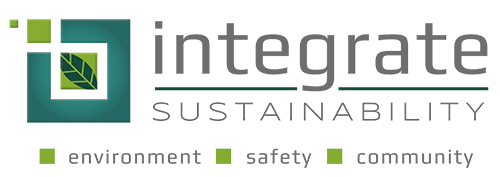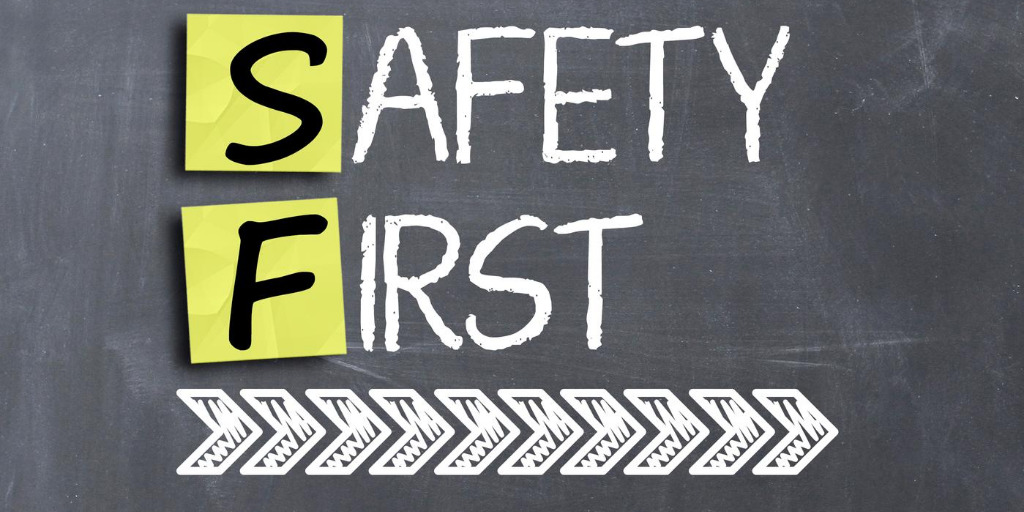Safety in the workplace can be a dry topic, and while many a meme is made about the foibles of unsafe work practices, it remains a pertinent (and expensive) issue – Safe Work Australia estimates that workplace injuries cost Australian businesses more than 61 billion dollars a year, with the majority of that cost borne by the employees and the community (Safe Work Australia 2019).
With the mighty upheaval in many workplaces in the wake of the Coronavirus pandemic, employees are now busily working from home, or have returned to work but with significant changes their work environment, their role and/or their working activities. Despite these changes, employers are still responsible for their employee’s safety, regardless of their work location.
So, while life settles into a new normal, here are some handy tips for navigating this dynamic environment, for keeping yourself and your colleagues safe (modelled after the excellent strategic principles of the ancient military leader, Sun Tzu!).
1. “Know Thy Enemy” – Understand how & where most injuries are occurring.
In 2017-18, the top four mechanisms for serious injury in Australian workplaces occurred through:
- body stressing (e.g. muscular strains etc) (36%),
- slips, trips and falls (23%),
- being hit by moving objects (16%), and
- mental stress (7%)

With men being more likely to be injured than women [although this may also be a reflection of gender ratios within the workplace] (Safe Work Australia 2019). Limbs and backs are also the most likely body parts to be seriously injured, accounting for 67% of serious reported injuries (Safe Work Australia 2019).
These mechanisms can be reduced through consideration of workplace ergonomics and scheduling in breaks. Even a quick 5 minute break with active movements (as opposed to passive stretching) can reduce your risk of injury and increase productivity. Coupled with the right tools and equipment to create a safer work environment, you can reduce the potential for repetitive motion injuries (Hopkins 2018).
Additionally, consider seeking the insight of an occupational medicine clinician or physical or occupational therapist to assess your workplace and identify areas of high risk for employee injury and improve workplace ergonomics. If you know where the area of risk is, it’s easier to address it – especially as the areas of risk and safety issues may have changed with the current work environments.
2. “Know Thyself” – Understand your human factors.
Risk is part of work and life, but knowing and understanding these risks and how to mitigate against them will leave you better able to prevent injuries and incidents. The majority of risks can be reduced by undertaking appropriate training, having the right tools for the job, taking regular breaks to ease muscles and minds etc. However, proper consideration of ‘human factors’ is a key ingredient of effective health and safety management).
A simple way to view human factors is to think about three aspects: the job, the individual and the organisation and how they impact on people’s health and safety-related behaviour (Health and Safety Executive 2009). When considering human factors, Health and Safety Executive (2009) suggests asking the following:
Job: Does the task or job match the person undertaking it both physically and mentally? Considering physical matches includes the design of the workplace and surrounding environment and how they fit the person, while mental matching considers an employee’s perception of tasks and risks, as well as their information and decision-making aptitude for the task.
Individual: How does the individual’s skills, personal attitudes and personality or work habits impact their ability to do the task? We all have different traits, habits, personality, and skills that can influence safety, both positively and negatively. While some of these are fixed traits, others can be influenced and changed. Does the individual’s personality, skills or habits influence the safety risks associated with the task they are undertaking?
Organisation: According to HSE (2009), this is often overlooked but can significantly influence safety culture. Does your organisation have a positive safety culture, and does it promote involvement and commitment at all levels?
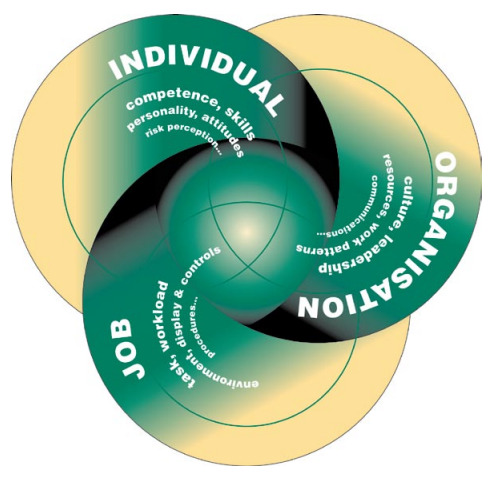
Knowing where you are exposed to human factors in your workplace (i.e. Job, Individual and Organisational elements) is key to recognising, assessing, and managing your safety in the workplace, whether at home or at another business location.
3. “A leader leads by example, not force” – Make it personal.
Everyone has a story to tell when it comes to safety. Allowing employees to talk about a time when they made poor choices for their safety and how it impacted them is guaranteed to be impactful to your workforce (EHS Insight Resources 2019). You can also help avoid the “it won’t happen to me” mindset being adopted by employees by seeking out safety consultants and professional or motivational speakers who have direct experience with workplace injuries or incidents.
Alan Newey, an Australian safety speaker who talks from the point of view of an injured worker and gives a real insight into what happens to you during and after such a life-changing experience (he lost an arm in a conveyor belt injury) (Speaker Solutions n.d.). Listening to Alan speak from the heart is confronting and challenging and drives home, the concept that the incident is not over after the investigation is done.
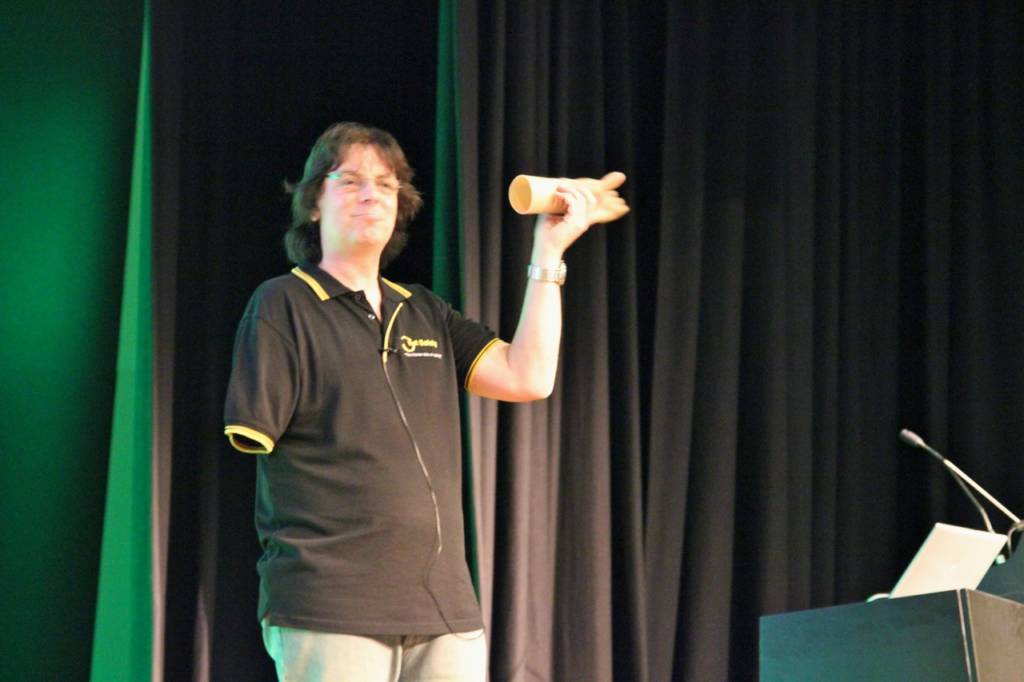
(Source: www.icmi.com.au)
Workplace injuries and incidents and their ongoing effects can have a much greater impact to your business than just to the individual(s) immediately involved, and this can extend to your social life, community and family. Hearing firsthand the implications of incident from someone like Alan or another colleague makes safety more personal rather than just ‘a thing you have to do’, after all, in the words of John Donne (1987), “No man is an Island, entire of itself; every man is a piece of the Continent, a part of the main” – we are all in this together, so too when it comes to safety.
4. “The greatest victory is that which requires no battle” – Look for the Easy Wins.
Although there remains a place for the tried and tested safety and management tools such as having appropriate signage and labels, undertaking appropriate training and tools, regular safety meetings etc; the world is changing and technology and artificial intelligence are keeping pace when it comes to addressing safety.
Business author and small business strategist Mike McRitchie (2018) suggests using technology to help you make your business safer. “The more you can do to focus on this, the better it will be for the business moving forward. There are so many different elements of technology that can play a role in the safety of the business. For instance, you might like to check out wearable sensors for movement measurement in the business. Or you might choose to implement CCTV technology throughout the business. There is so much technology you can use to achieve this, and the more you can get this right the better.”
Bringing safety technology into your workplace can help reduce the human factors and can be as simple as the suggestions above or more complex such as utilising predictive analytics for modelling the number and type of safety (and environmental incidents) that could occur in your place of work.
Another example of technology useful from a safety perspective is the development of computer programs which to predict potential incidents, their timing and identify the key causes and contributing factors of these predicted incidents. The use of artificial intelligence, data mining or modelling to identify patterns and relationships that standard business intelligence does not, can assist to remove human bias (or human error factors) from trending and analysis efforts; essentially assisting to de-risk some of the human factors in a safety situation.
Ultimately, knowledge is power and if you knew what was coming, you could avoid the risk altogether – a victory without the battle.
5. “Opportunities multiply as they are seized”.
While the historic battleground wisdom of Sun Tzu may seem a far cry from the perils of working in an office or a mine site (or maybe not if you now are working from with an errant toddler or a needy cat happily ensconced in your new ‘workplace’!); the importance of being proactive, and getting ahead of safety matters is timeless.
Undertaking risk assessments and implementing safety management protocols is something Integrate Sustainability does for every job and each new task we engage in the field, and if you would like assistance with managing your risks. Please give Integrate Sustainability a call on 9468 0338 or email us at enquiries@integratesustainability.com.au to see if we can assist in any way on this or other matters.
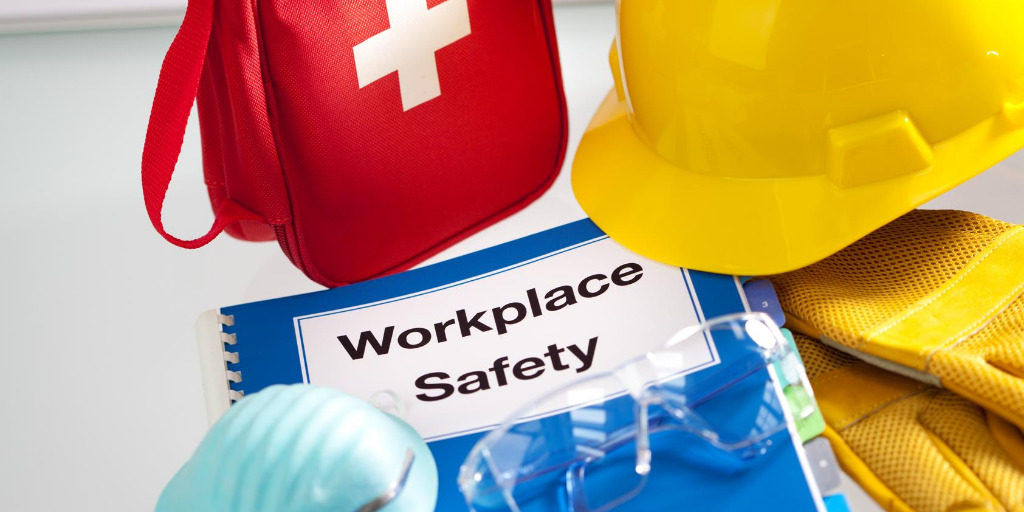
References
Donne, John. 1987. Devotions Upon Emergent Occasions. Oxford University Press.
EHS Insight Resources. 2019. “Safety Meeting Topics: The Best Ideas for Work Huddles.” May 17. Accessed August 13, 2020. https://www.ehsinsight.com/blog/10-lesser-known-safety-topics-to-cover-at-your-next-meeting.
Health and Safety Executive. 2009. “Reducing error and influencing behaviour.” Learn From Accidents. Accessed August 13, 2020. http://www.learnfromaccidents.com.gridhosted.co.uk/images/uploads/HSE_HSG_48_Reducing_error_and_influencing_behaviour.pdf.
Hopkins, Michelle. 2018. “10 Simple Steps to Improve Workplace Safety.” Concentra.com. October 22. Accessed August 13, 2020. https://www.concentra.com/resource-center/articles/10-simple-steps-to-improve-workplace-safety/.
McRitchie, Mike. 2018. “6 Stunning Hacks to Improve Safety in the Workplace.” Ageproof “Career’. July 12. https://www.mikemcritchie.com/6-stunning-hacks-to-improve-safety-in-the-workplace/.
Safe Work Australia. 2019. “Key WHS Statistics Australia 2019. Work-related injury fatalities.” SafeWorkAustralia.gov.au. Accessed August 12, 2020. https://www.safeworkaustralia.gov.au/system/files/documents/2002/key_whs_statistics_australia_2019.pdf.
n.d. Speaker Solutions. Accessed August 14, 2020. https://speakerssolutions.com.au/speakers-categories-2/inspirational-motivational-speakers/alan-newey/.
